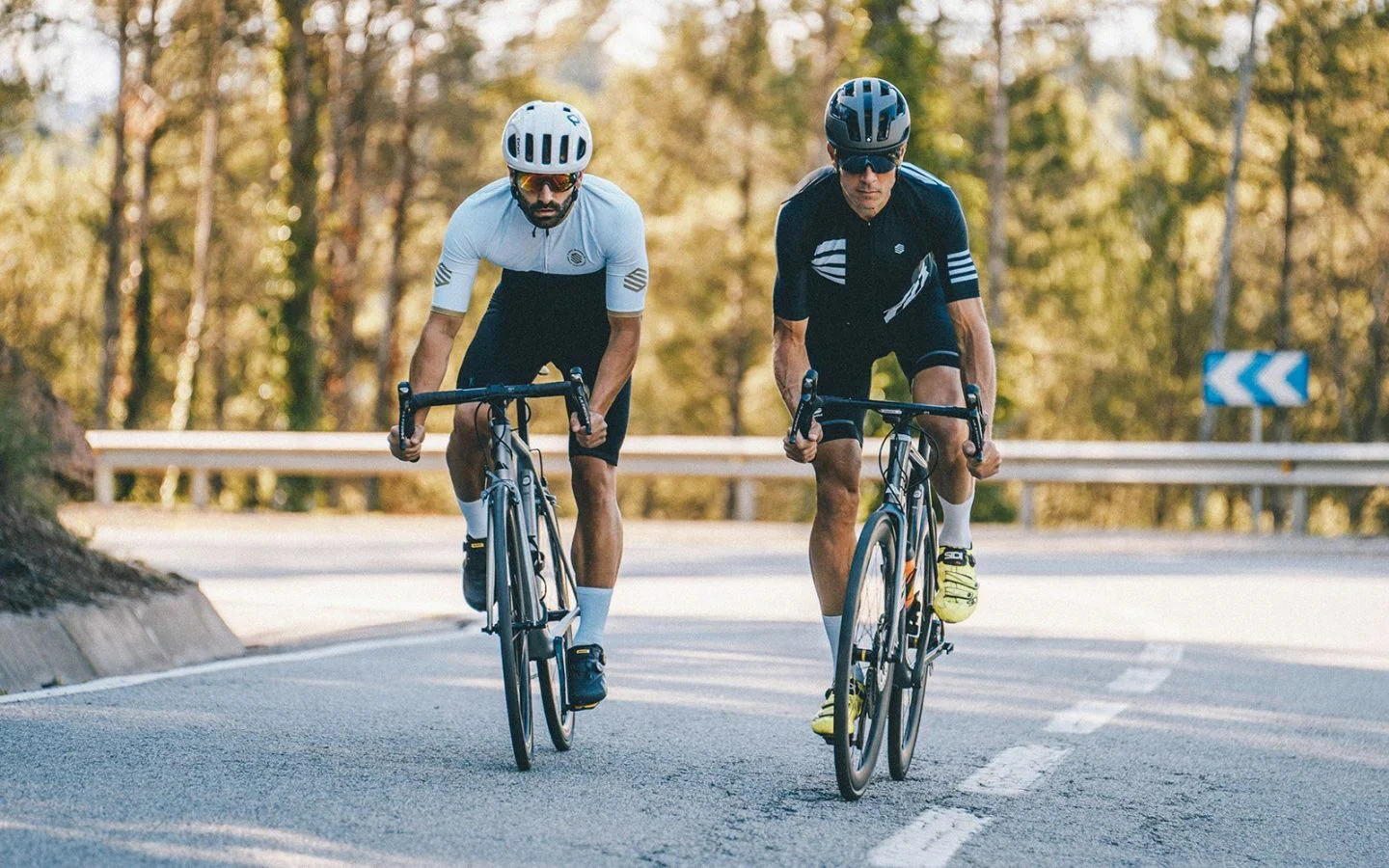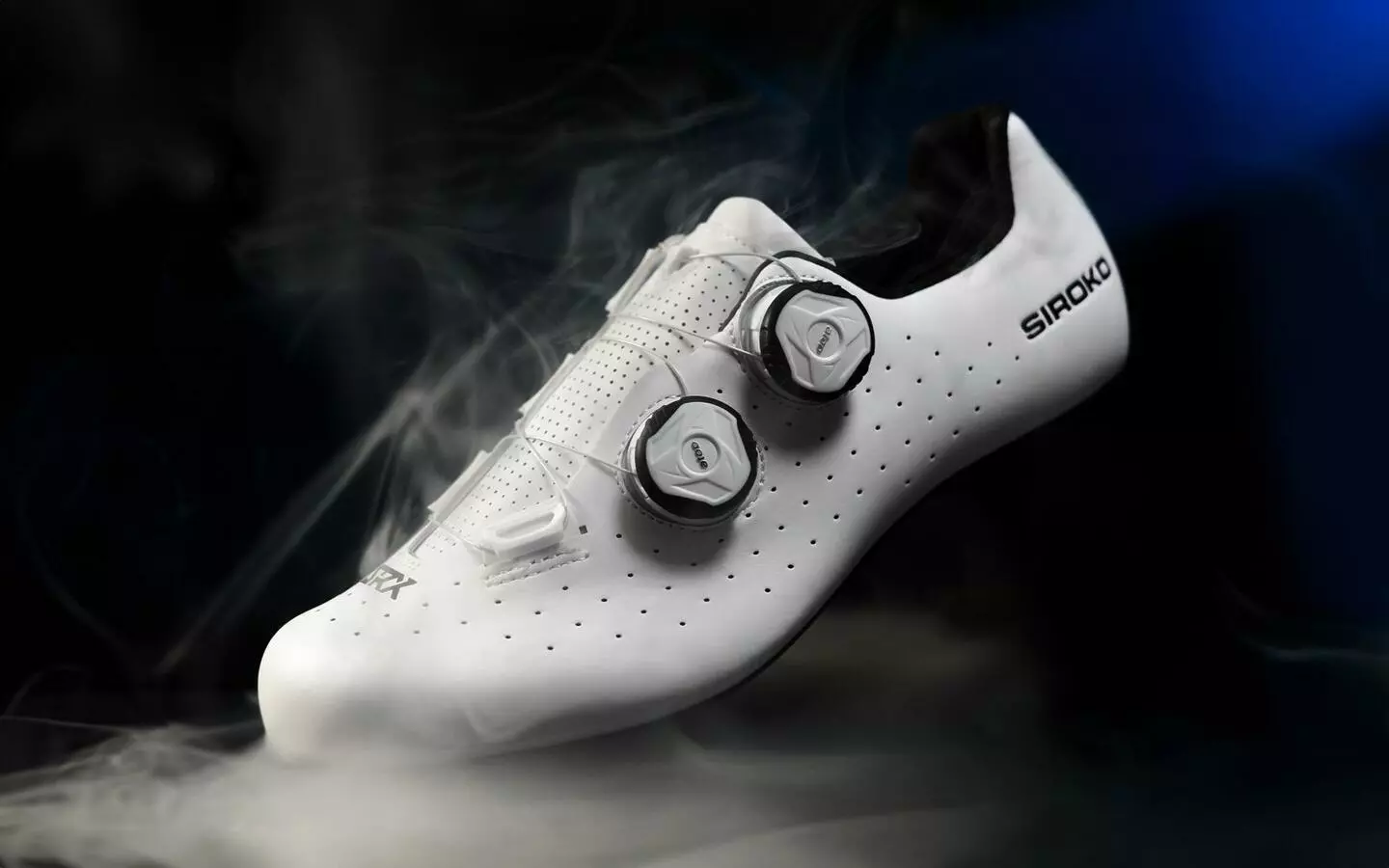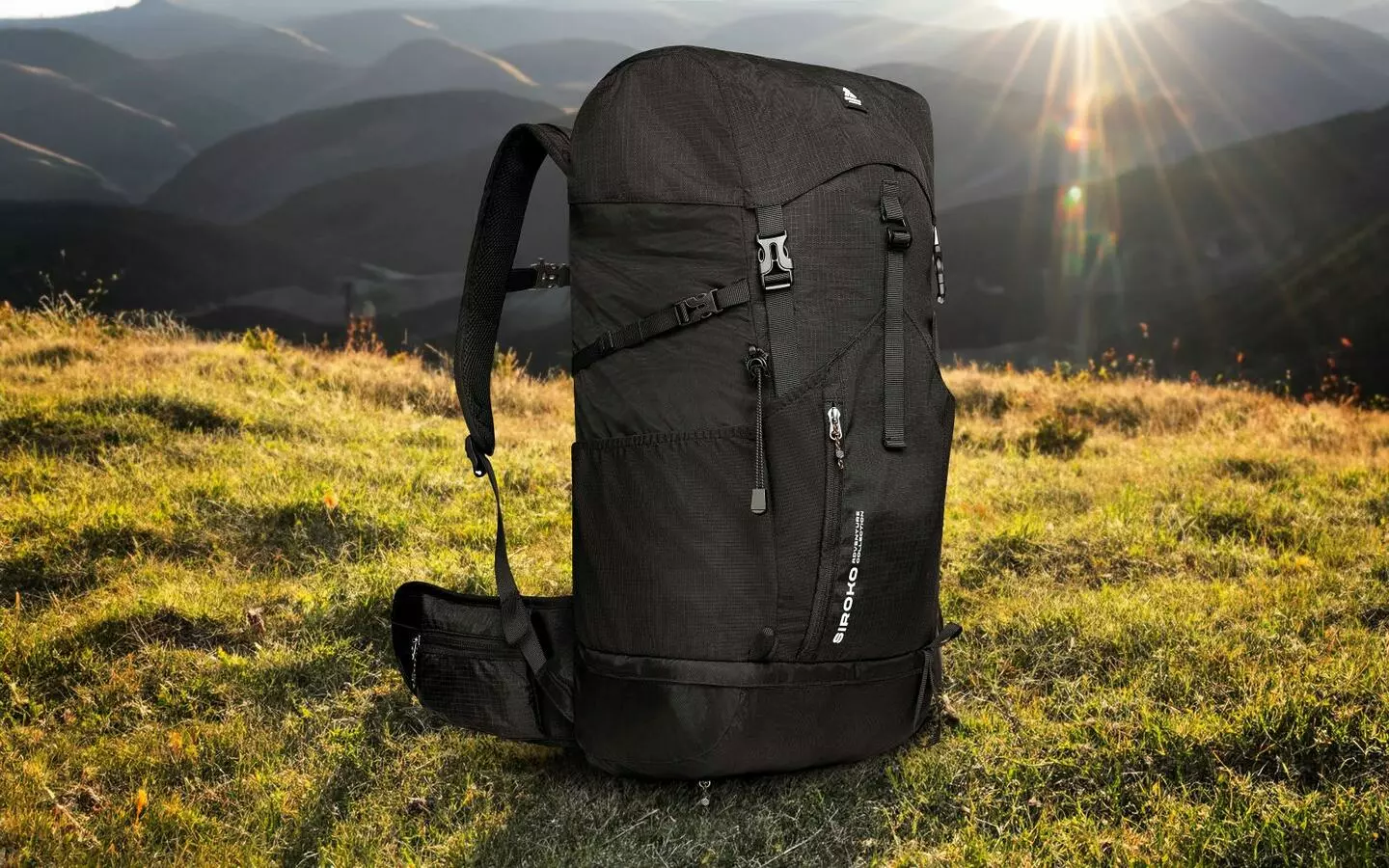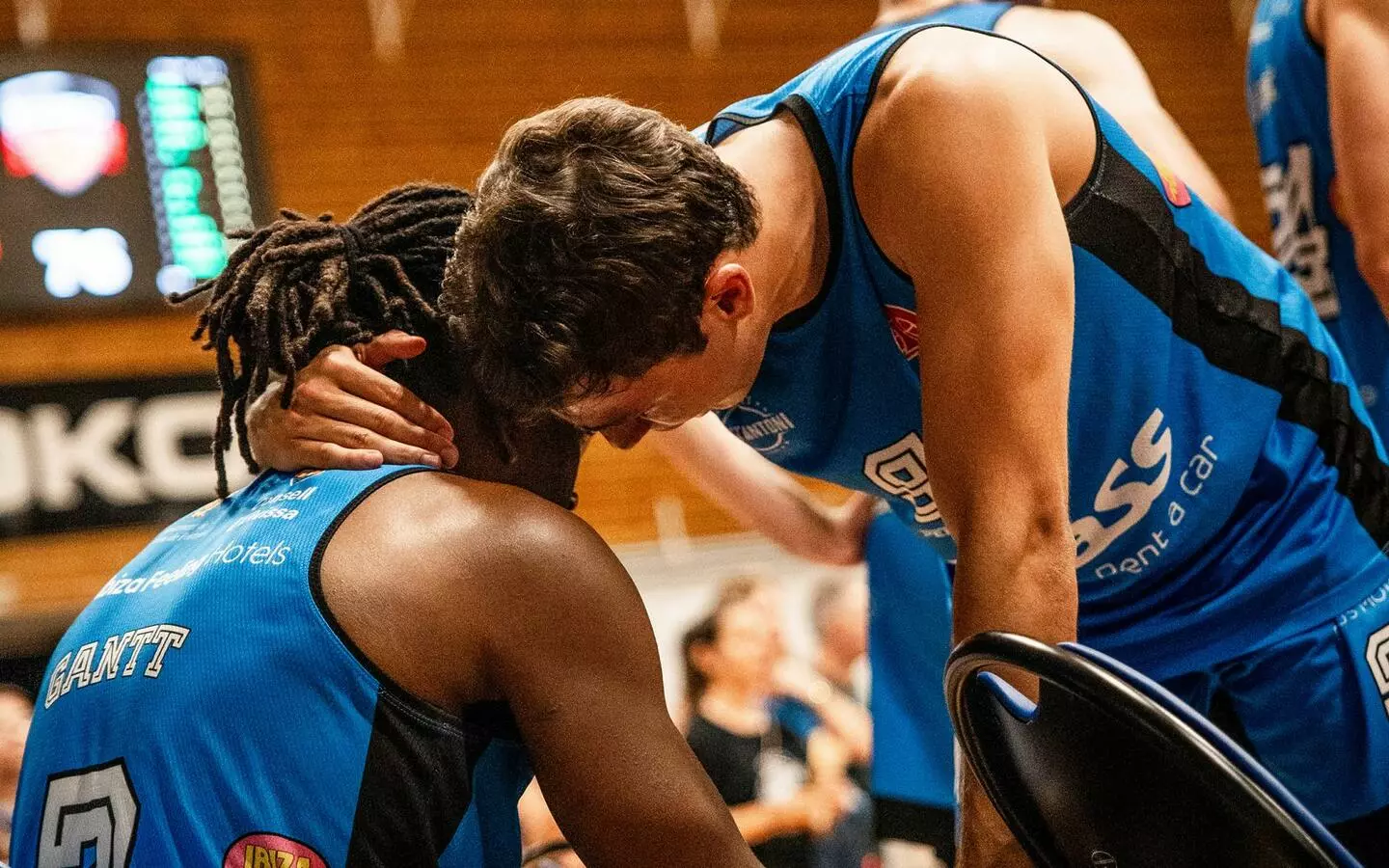A series of changes occur in our body when we practice cycling. Some are external, i.e. weight loss and leg muscle mass growth, others can’t be seen but we do feel them, for example, we sleep better. Several studies (1, 2) have shown that people who ride a bike 30 minutes a day have longer life expectancy than those who do not exercise. The reason is a series of internal transformations that occur in our bodies. Let us explain:
Internal effects of cycling on our body
The most important change is the improvement of our cardiovascular health. Our heart gets stronger and bigger, and it becomes more efficient during exercise and at rest. Lower heart rate plus lower blood pressure reduce the risk of heart attack. Increased lung capacity makes us breathe better. It takes longer to get tired because our muscles are well oxygenated as the blood efficiently transports more oxygen to the muscles and quickly removes the waste product of energy combustion (carbon dioxide).
The mitochondria in our cells are in charge of transforming carbohydrates, fats and proteins into energy. When we ride a bike, we tell our body that we need energy, which makes it produce more mitochondria to give us what we are asking for. If in addition we decide to follow a training plan, our muscles will work more efficiently and adapt muscle fibers and mitochondria to what we push them to do.
At the beginning of the article we mentioned that our sleep quality improves when we practice cycling. This is due to several factors. On the one hand, exercise makes you tired and the body needs to recover – which it does when we sleep. Cycling also reduces cortisol levels (the primary stress hormone), which helps falling asleep easier. Vitamin D, produced thanks to sunlight exposure while cycling, is essential for good mood and sleep. A Stanford University School of Medicine study found that riding a bike for 20 to 30 minutes a day helped people with insomnia fall asleep faster and increase the number of hours slept.
Our immune system also benefits greatly from cycling. It’s easier to overcome illnesses or infections with a healthy heart and lungs, good sleep and good mental health. But the internal changes are more profound. You may well have heard about T cells in the wake of the COVID-19 pandemic. These are special lymphocytes that have a major role in our immune system’s ability to adjust and fight new infections. In this study, it was found that adult cyclists (between 55 and 79 years old) had more T cells than people of the same age who did not exercise. They also produced them at levels similar to 20-year-olds.
Other positive effects of cycling include:
Reducing and preventing back pain. We strengthen our back muscles, especially the lumbar area, and hence protect the spine.
Increasing the metabolic rate. That’s why riding a bike (or any exercise for that matter) makes us hungry.
Reducing fluid retention. Thanks to leg movement while pedaling, but also as our body activates, the blood flows faster, we sweat and we get rid of all those fluids we retain if we don’t move.
External effects of cycling on our body
Weight loss and the strengthening and/or increase of the leg and gluteal muscles are the two most important external changes that cycling causes in our body.
As far as weight is concerned, there is no need to go crazy. First, simply start cycling, even if it’s just commuting or going for a 30-minute ride. Overcoming inactivity and picking up the exercise habit is already an achievement. If you push yourself to lose weight quickly with some fad diet, you are setting yourself up for future failure and a quick weight-loss rebound.
Yes, riding a bike helps you lose weight, but pedaling doesn’t do miracles just as miracle diets don’t. What you eat matters more than how many hours you spend on the bike. Daily exercise, along with healthy eating habits, are the best formula not only to lose weight gradually, but also to maintain overall good health. Also, don’t trust the scale as it can be quite treacherous. It only gives you numbers without saying what your weight consists of: is it fat, muscle, fluid or stored glycogen?
The weight change depends on where each person starts and the type of exercise they do (intensity levels and duration). If you are simply cycling for fun or riding a bike as a means of transportation, after a while you might not even notice the physical change. You will feel that some clothes are too big for you, some people you haven’t seen for a long time might tell you that you look thinner, and your grandma may want to give you an extra serving of dessert.
If you have been cycling for quite some time, at some point you may find that you have plateaued or even gained weight. You can try changing training modes to get your body out of the comfort zone. You can also modify your workouts by doing more intensity training with intervals. This way each day will be different and you’ll push your body to adapt and improve.
Will I have to buy different pants for my new, changed legs? It depends on how you ride your bike, what type of training you do and what kind of pants you usually wear. If you look at the professionals, you’ll see that they all have cyclists’ legs but each one shows different muscle development. Track cyclists who do sprints are an extreme example. Their legs are so big that they have to buy tailored trousers but most of their muscle development is due to gym workout, not cycling.
A person who commutes on a bike will notice that their legs become leaner and more toned. A regular cyclist will have their main leg muscles more developed: glutes, calves and quadriceps above all; adductors, hamstrings and soleus slightly less. Leg muscles development depends largely on your cycling workout and additional gym training.
Keep in mind that cycling increases the muscles of the legs and buttocks but it doesn’t really affect other body parts. That is why it’s important to exercise other muscle groups. Not for the sake of hypertrophy and increasing their volume but to maintain an overall balance and not to lose tone and strength in the upper body.
Muscle imbalance is one of the “negative” effects of cycling. If you want to learn more, read our next article where we are going to explain, with a touch of humor, some of those not-so-positive changes within your body and our tips to tackle them in the best possible way.





Pingback: What Happens to Your Body After a Long Bike Ride?
Pingback: How Biking Changes Your Body: 5 Surprising Benefits | Pedallers
Pingback: "Pedal Power: Exploring the World of Cycling" - sportssphere.blog
Pingback: cycling is best for health 2024